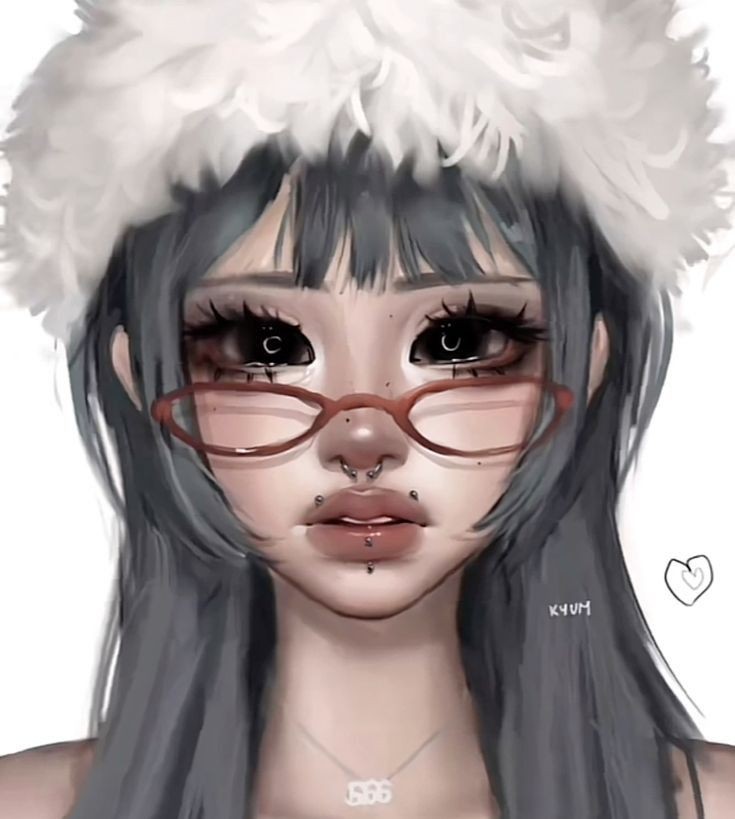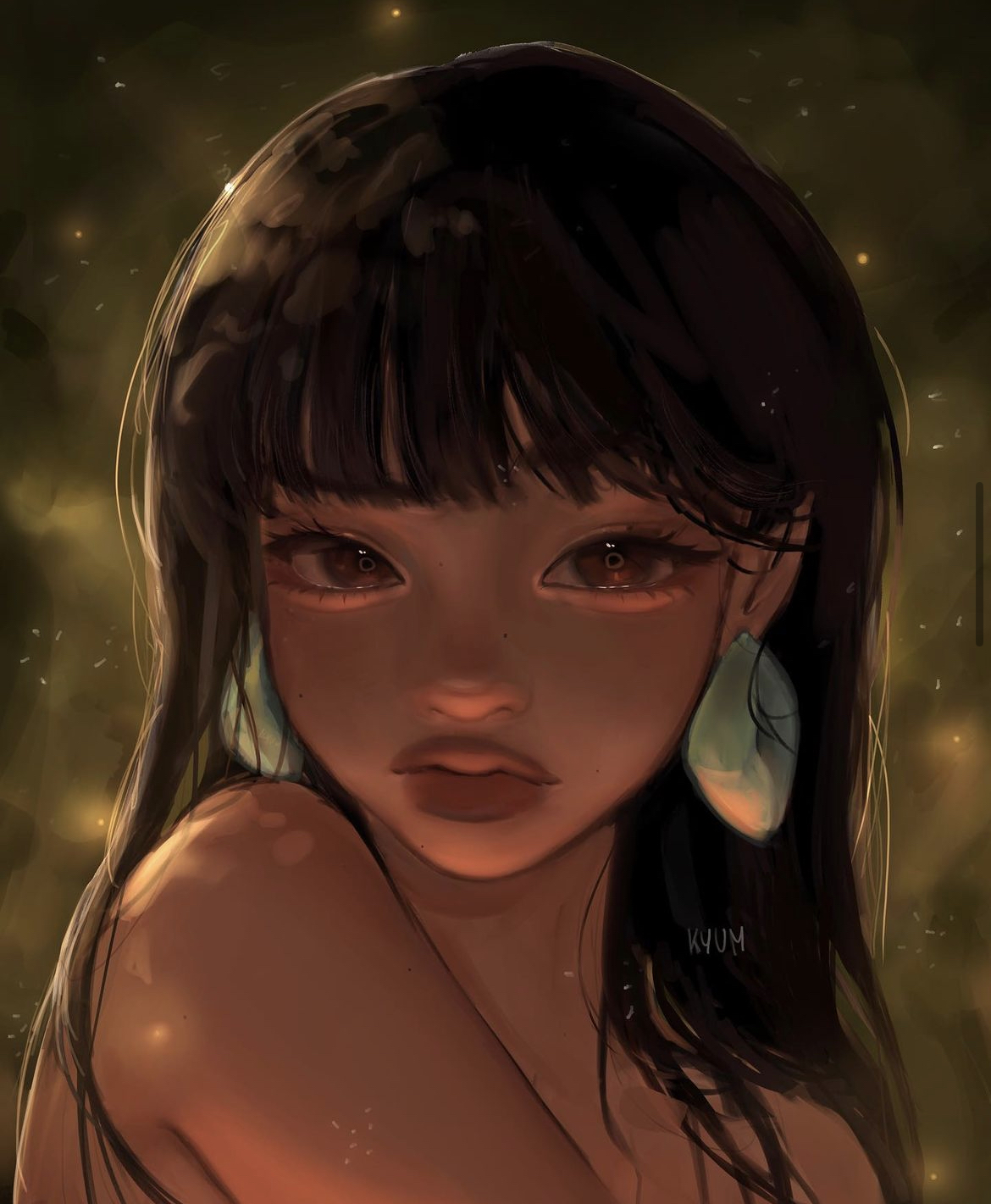Stunning Jelly Art Creations!
Is it possible to transform something as simple as flavored gelatin into a work of art? The answer, surprisingly and delightfully, is a resounding yes. Jelly art, a relatively niche but increasingly popular culinary art form, is captivating audiences worldwide with its intricate designs and vibrant colors, proving that even the most humble ingredients can be elevated to stunning visual creations.
Born from a desire to innovate and to push the boundaries of food presentation, jelly art has blossomed into a multifaceted art form. It's a testament to human creativity and skill, transforming the translucent canvas of gelatin into edible masterpieces. The techniques used are varied and often involve injecting colored gelatins into a clear base, creating three-dimensional floral or abstract designs within the jelly. The level of detail and artistry achieved is often breathtaking, making these creations as much a feast for the eyes as they are for the palate. The artistry is not solely reliant on visual appeal; the creation of these desserts is a scientific process and a delicate dance between temperature, texture, and color.
To fully appreciate the depth and variety within this art form, heres a glimpse into the key aspects that define jelly art:
| Category | Details | Example |
|---|---|---|
| Techniques |
| Floral designs, abstract patterns, layered landscapes. |
| Materials |
| Various types of gelatin, fruit juices, edible food coloring. |
| Design Elements |
| Roses, lilies, abstract swirls, themed jelly cakes for celebrations. |
| Regional Variations |
| Specific techniques and ingredients vary between regions. |
The origins of jelly art are often traced to Southeast Asia, where the craft has flourished for decades. The humid climates of countries like Vietnam and Thailand provided an ideal environment for the development of gelatin-based desserts. Early examples of jelly art were often simpler, with layered designs and basic floral patterns. Over time, the techniques evolved, leading to the intricate and complex designs we see today.
The creation of a single piece of jelly art can be a time-consuming process, often requiring hours of meticulous work. Artists must carefully plan their designs, selecting the right colors, tools, and techniques. The gelatin must be prepared precisely, with the correct ratio of gelatin to liquid to achieve the desired firmness and clarity. Each layer or injection must be executed with precision, ensuring that the colors blend and interact as intended. The final result is a testament to the artist's patience, skill, and artistic vision. This is not merely about making a sweet treat; it is about transforming ingredients into a three-dimensional sculpture that has been delicately constructed and carefully planned from beginning to end.
One of the most captivating aspects of jelly art is its ephemeral nature. These beautiful creations are meant to be enjoyed, and they will eventually be consumed. This inherent transience adds another layer of appreciation to the art form. The knowledge that the work is temporary forces a heightened appreciation of the beauty and artistry, making the act of eating the jelly art a special and mindful experience. While photographs and videos can preserve the memory of the creation, the actual object itself vanishes, underscoring the preciousness of the moment.
The tools of the jelly art trade are as specialized as the art form itself. Syringes of varying sizes are essential for injecting colored gelatins into the base. Specialized needles with unique shapes and sizes allow for the creation of different petal and leaf shapes. Molds are often used to create the base for the jelly, and various other tools and cutters are used to create shapes and designs. The investment in equipment is often substantial, reflecting the level of dedication and skill required to create high-quality jelly art.
The artistry of jelly art extends beyond technical skill. Artists must possess a strong understanding of color theory, the ability to visualize three-dimensional designs, and a steady hand. The interplay of colors, textures, and shapes creates a visually stunning experience. Many jelly artists draw inspiration from nature, particularly flowers, but others create abstract designs, geometric patterns, or even representations of popular characters. The creative possibilities are virtually limitless. Every aspect, from the colors chosen to the shapes constructed, is carefully considered and planned.
While jelly art is primarily a culinary art form, it also crosses into the realm of design and decoration. Jelly art creations are frequently used as centerpieces for parties and celebrations. They serve as unique and memorable gifts, adding a touch of elegance and artistry to any occasion. The use of jelly art is an innovative way to elevate a gathering, showcasing artistry, innovation, and a distinct aesthetic that captivates and leaves a lasting impression.
The rise of social media has played a significant role in the growing popularity of jelly art. Platforms such as Instagram and Pinterest are filled with stunning examples of jelly art, inspiring both artists and enthusiasts. The visual nature of these platforms is ideally suited to showcase the vibrant colors and intricate designs of jelly art. The sharing of techniques, ideas, and finished products has created a vibrant online community, fostering collaboration and innovation within the field. The digital space has become a hub for jelly art enthusiasts.
The market for jelly art is expanding, with opportunities for both hobbyists and professionals. Jelly art classes and workshops are available worldwide, teaching the fundamentals of the craft. Professional jelly artists create custom designs for various occasions, from birthday parties to weddings. The demand for unique and visually stunning desserts is consistently growing, offering exciting opportunities for those with talent and creativity. Jelly art has become a viable, although niche, business venture.
One of the challenges facing the jelly art community is the limited shelf life of the product. Because the art form relies on perishable ingredients, it must be consumed relatively quickly. Jelly art artists are continually seeking ways to extend the shelf life of their creations without compromising their visual appeal or taste. This includes experimentation with different types of gelatin, preservatives, and packaging. In this field, the careful balance between taste, presentation, and longevity is of utmost importance.
The future of jelly art is bright. As the techniques evolve and new artists enter the field, we can expect to see even more innovative and stunning creations. The trend toward personalized and artistic desserts is only increasing, making jelly art a relevant and growing art form. The fusion of culinary artistry and design continues to be embraced, with jelly art taking center stage as a testament to human creativity and the endless possibilities of food as art.
Jelly art is more than just a dessert; it is a culinary journey, a testament to human creativity, and a celebration of the beautiful and the edible. It encourages us to look at everyday ingredients in a new light and to appreciate the artistry and skill that can be achieved with a little imagination and a lot of practice. As this fascinating art form continues to develop, it promises to delight and inspire for many years to come. The beauty, artistry, and flavor combine to create an experience that is unique in the world of culinary arts.


